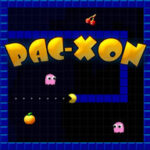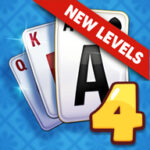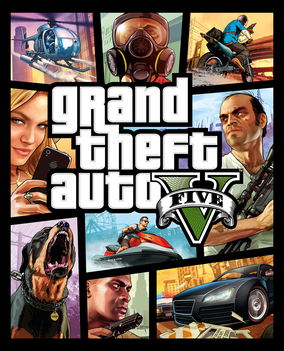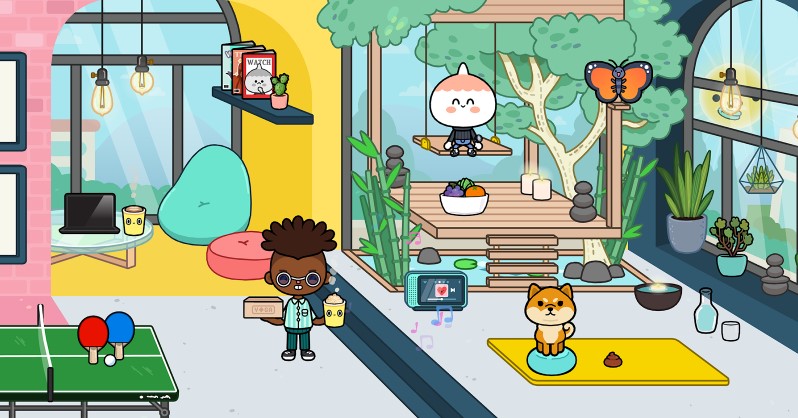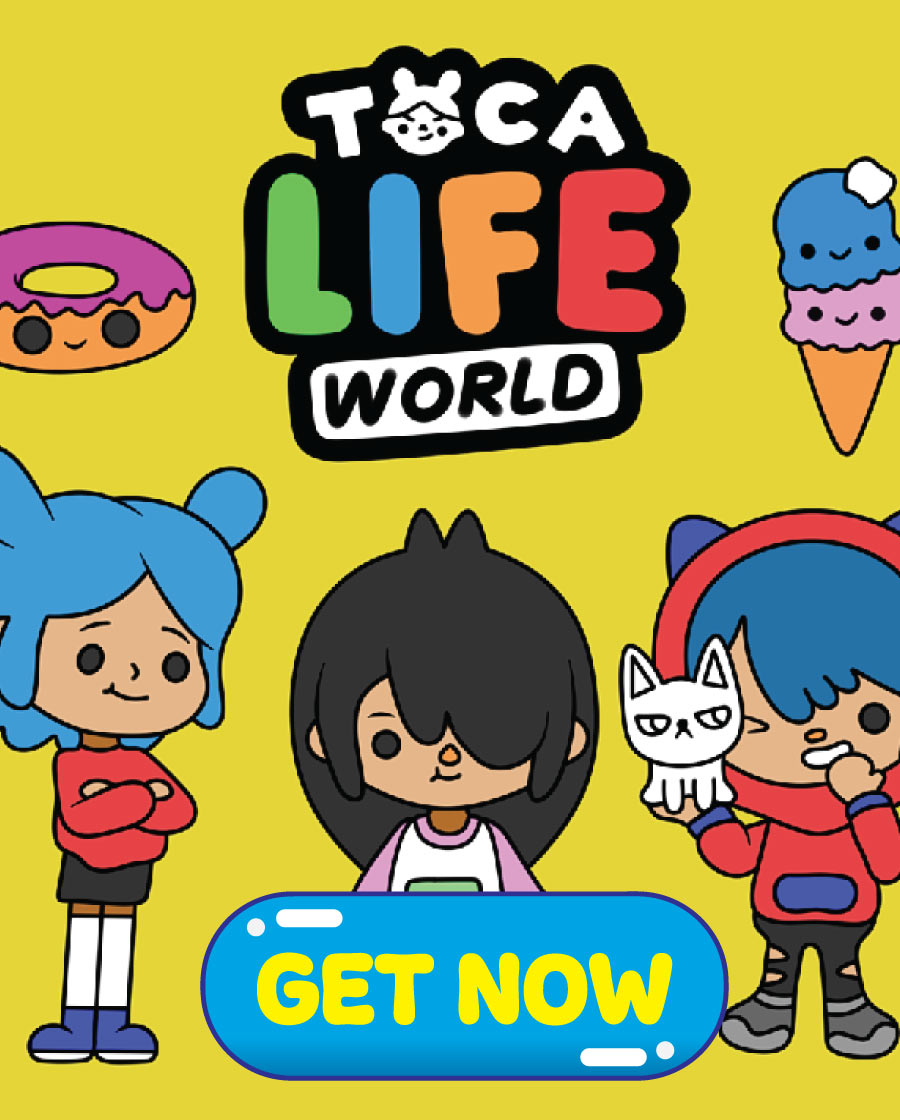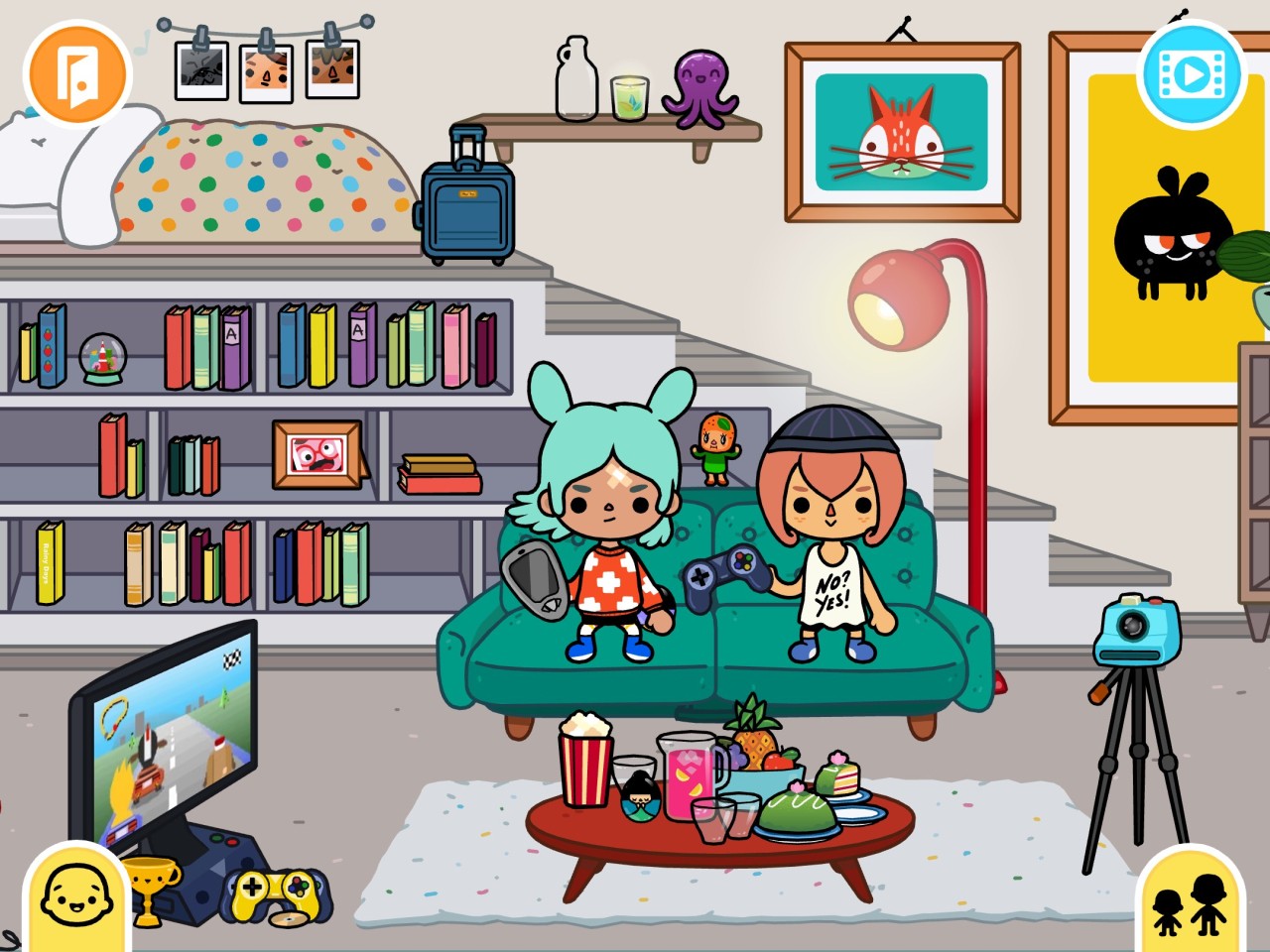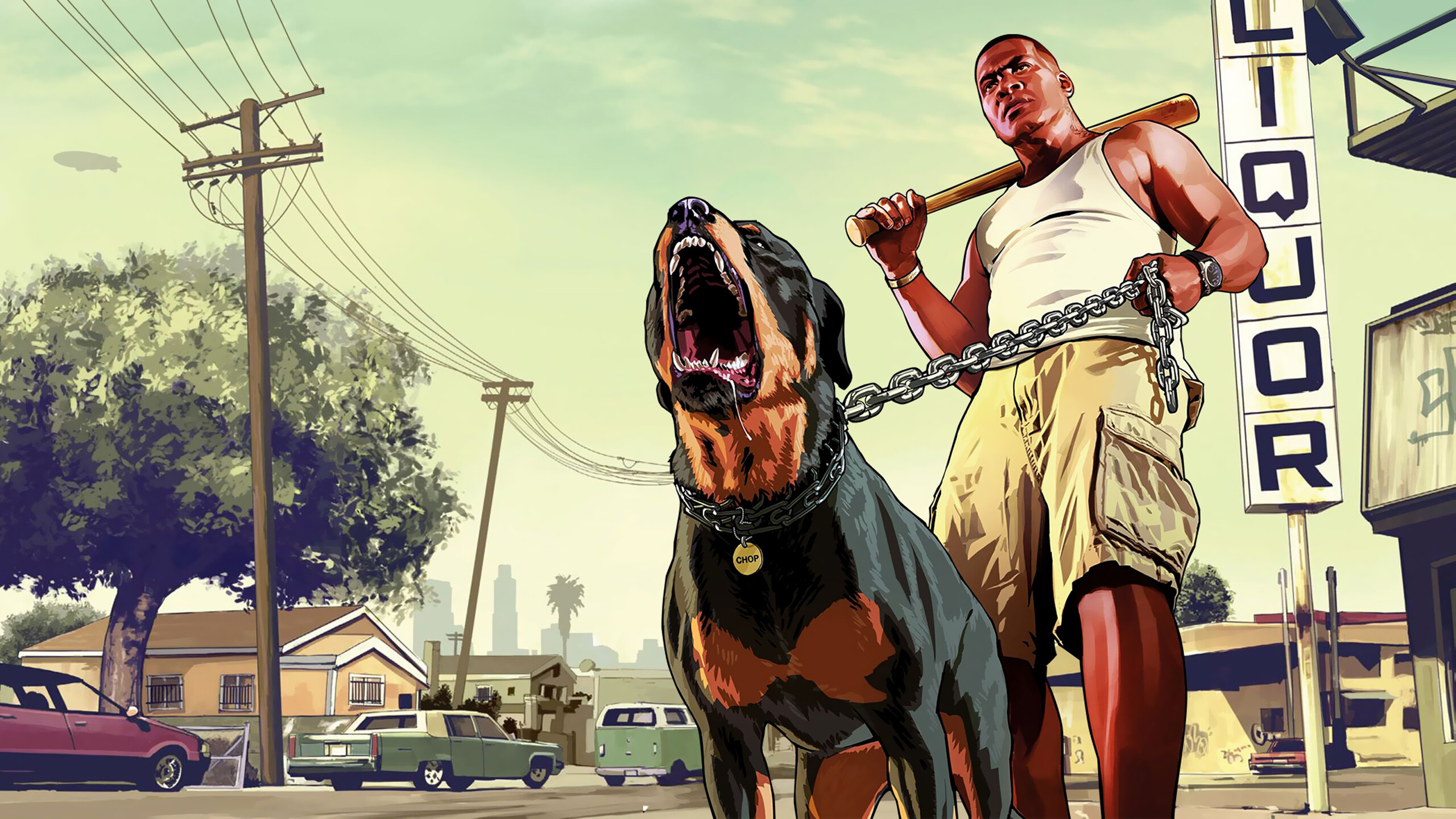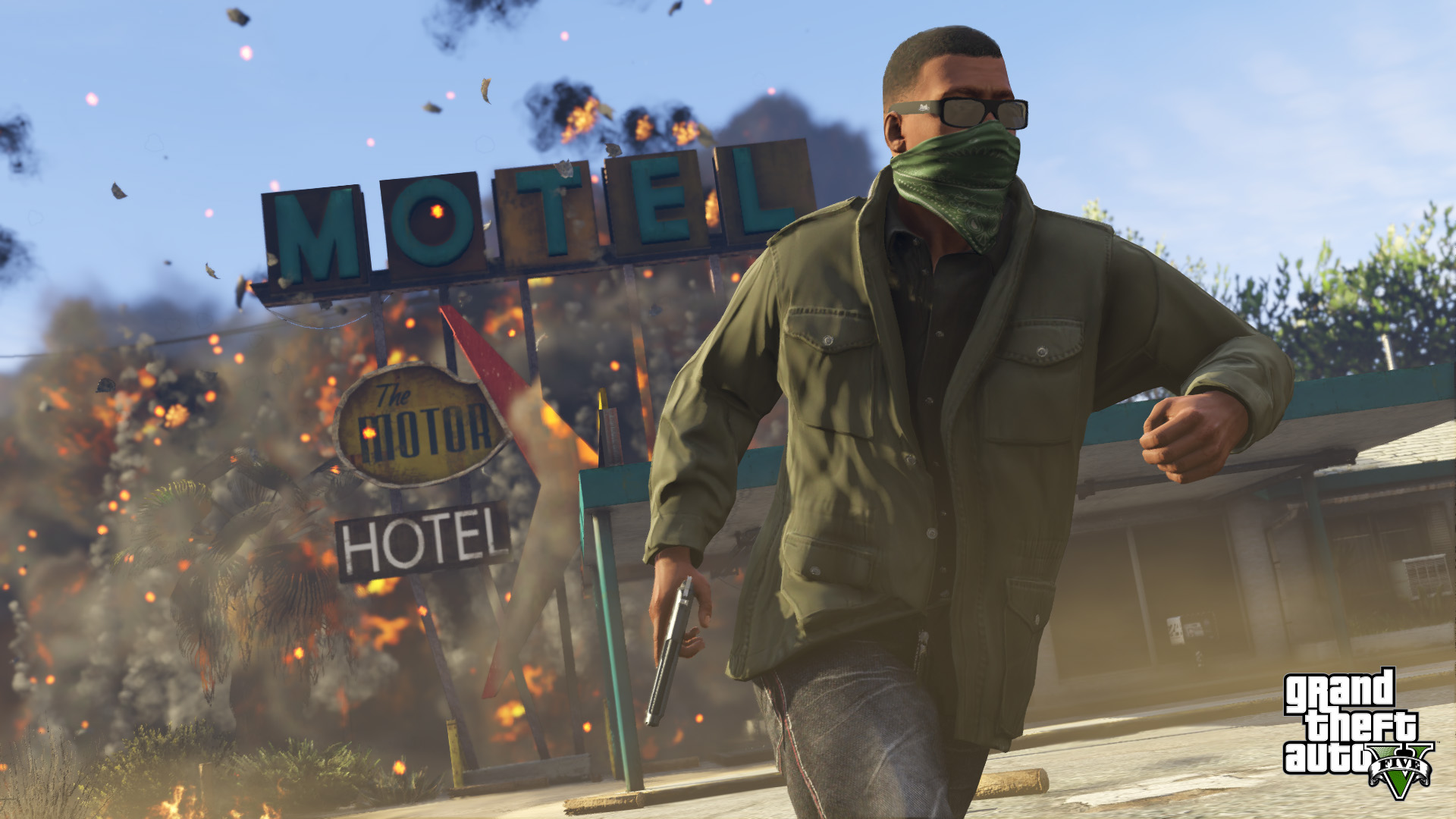Introduction: Where Geometry Meets Rhythm
In the fast-paced world of mobile and indie gaming, very few titles manage to achieve the balance of simplicity, challenge, and replayability quite like Geometry Dash. Developed by Robert Topala (also known as RobTop), Geometry Dash burst onto the scene in 2013 as a rhythmic platformer that demanded precision, patience, and an impeccable sense of timing. What started as a simple tap-to-jump game quickly evolved into a cult classic, thanks to its intense gameplay, pulse-pounding music, and a vibrant community of creators.
This review will explore Geometry Dash in depth—from its humble beginnings to its expansive evolution, gameplay design, player community, and its impact on mobile and indie games as a whole.
1. The Origins of Geometry Dash
Geometry Dash was released on August 13, 2013 for iOS and later expanded to Android and Steam. Developed by a single person, Robert Topala, the game’s concept was simple but brutal: guide a square through a series of obstacles to the beat of fast-paced electronic music.
A Minimalist Beginning
-
Developed with Unity, Geometry Dash had humble roots but massive potential.
-
The goal was to create a rhythmic yet punishing platformer.
-
Early levels like Stereo Madness became instantly iconic for their catchy tunes and escalating difficulty.
Geometry Dash capitalized on the mobile gaming boom, offering a one-time purchase with no ads or energy timers, which was refreshing at the time.
2. Gameplay Mechanics: Tap, Jump, Survive
The core gameplay is deceptively simple: tap to make your cube jump over spikes, pits, and hazards. But within this framework lies a devious amount of complexity and timing.
Core Mechanics:
-
Single-tap control (or spacebar on PC).
-
Avoiding obstacles in time with the music.
-
Progress is lost with a single mistake—no health bars, no checkpoints.
Additional Gameplay Variations:
-
Ship Mode: Tap to ascend and release to descend.
-
Ball, UFO, Wave, and Robot Modes: Each adds unique movement mechanics.
-
Gravity Portals: Flip the environment upside down.
Each level introduces new mechanics incrementally, keeping gameplay fresh and challenging.
3. Music and Rhythm: The Heartbeat of Geometry Dash
Music is central to the Geometry Dash experience. Every jump, spike, and transition is designed to sync with the beat of the soundtrack. The game’s level design doesn’t just follow the music—it dances with it.
Featured Artists:
-
F-777
-
Waterflame
-
DJVI
-
Dex Arson
-
MDK
Why the Soundtrack Works:
-
Songs are energetic, bass-heavy, and diverse in style.
-
Players can “feel” the rhythm, improving their gameplay.
-
Some levels are so musically immersive, they feel like playable music videos.
Geometry Dash pioneered a trend where music becomes a gameplay mechanic, not just background ambiance.
4. Visual Style and Graphics
Geometry Dash uses a minimalist geometric art style—fitting given its name. But what it lacks in realism, it more than makes up for in personality, clarity, and color.
Key Visual Elements:
-
Bright neon colors and flashy animations.
-
Clean, crisp lines that make obstacles easily identifiable.
-
Customizable icons, trails, and effects for your character.
Despite being light on graphical realism, the visuals are visually appealing, especially when paired with rhythmic gameplay and pulsing effects.
5. Difficulty and Learning Curve
Geometry Dash is infamous for its difficulty. Even the easiest levels can take dozens of attempts to master. But the game’s addictiveness lies in its "one more try" philosophy.
Difficulty Levels:
-
Easy
-
Normal
-
Hard
-
Harder
-
Insane
-
Demon (most difficult)
Mastery Through Repetition:
-
Players build muscle memory by replaying the same section repeatedly.
-
No RNG or randomness: everything is pattern-based.
-
Instant restarts reduce frustration and keep momentum flowing.
The steep difficulty curve turns some away, but for those who persist, the satisfaction is immense.
6. Level Editor and Custom Content
One of Geometry Dash’s most revolutionary features is its built-in level editor, which allows users to create and share their own levels using in-game assets and music.
Level Editor Features:
-
Thousands of design tools and triggers.
-
Players can import music via Newgrounds.
-
Rating system to highlight quality content (e.g., Featured, Epic).
Some user-created levels rival or even surpass official ones in complexity and creativity, ensuring endless replayability.
7. Community and Cultural Impact
Geometry Dash boasts one of the most passionate communities in gaming. From YouTube creators to streamers and modders, the community has kept the game alive and thriving for over a decade.
Popular GD Content Types:
-
Speedruns
-
Demon Challenges
-
Fan-made stories and lore
-
Memes and rage compilations
H4 – Major Influencers:
-
GD Colon
-
EVW (EricVanWilderman)
-
Knobbelboy
-
Nexus
-
Dorami
This community-driven success has solidified Geometry Dash as a cultural icon in rhythm gaming.
8. Updates and Geometry Dash 2.0–2.2
The original game evolved significantly with major updates:
-
1.9 introduced Demon levels and user coins.
-
2.0 brought new gameplay mechanics (like teleportation portals).
-
2.1 added the spider mode and more customization.
The Awaited 2.2 Update:
Slated for years, Update 2.2 promises massive overhauls:
-
Improved UI
-
Multiplayer features
-
New game mode and triggers
-
Adventure mode and quests
Though delayed, its hype reflects the community's excitement and loyalty.
9. Mobile vs. PC Version
Geometry Dash is available on multiple platforms:
-
iOS/Android
-
Steam (Windows/Mac)
Mobile Experience:
-
Best for casual play.
-
Touch controls are responsive.
-
Easier to pick up and play.
PC Experience:
-
Keyboard or controller support.
-
Better for precision gameplay and level editing.
-
Smoother performance and higher frame rates.
The gameplay is nearly identical across platforms, with PC offering slight technical advantages for serious players.













